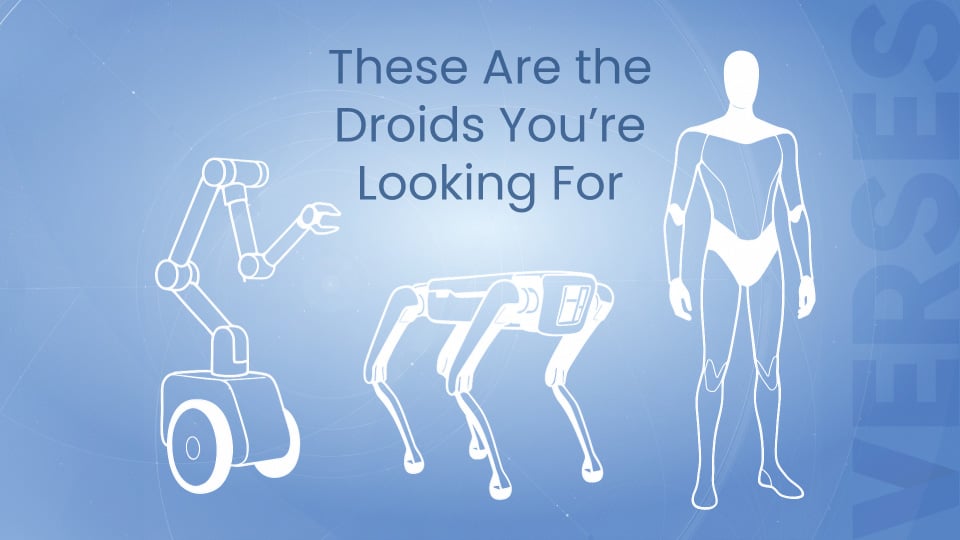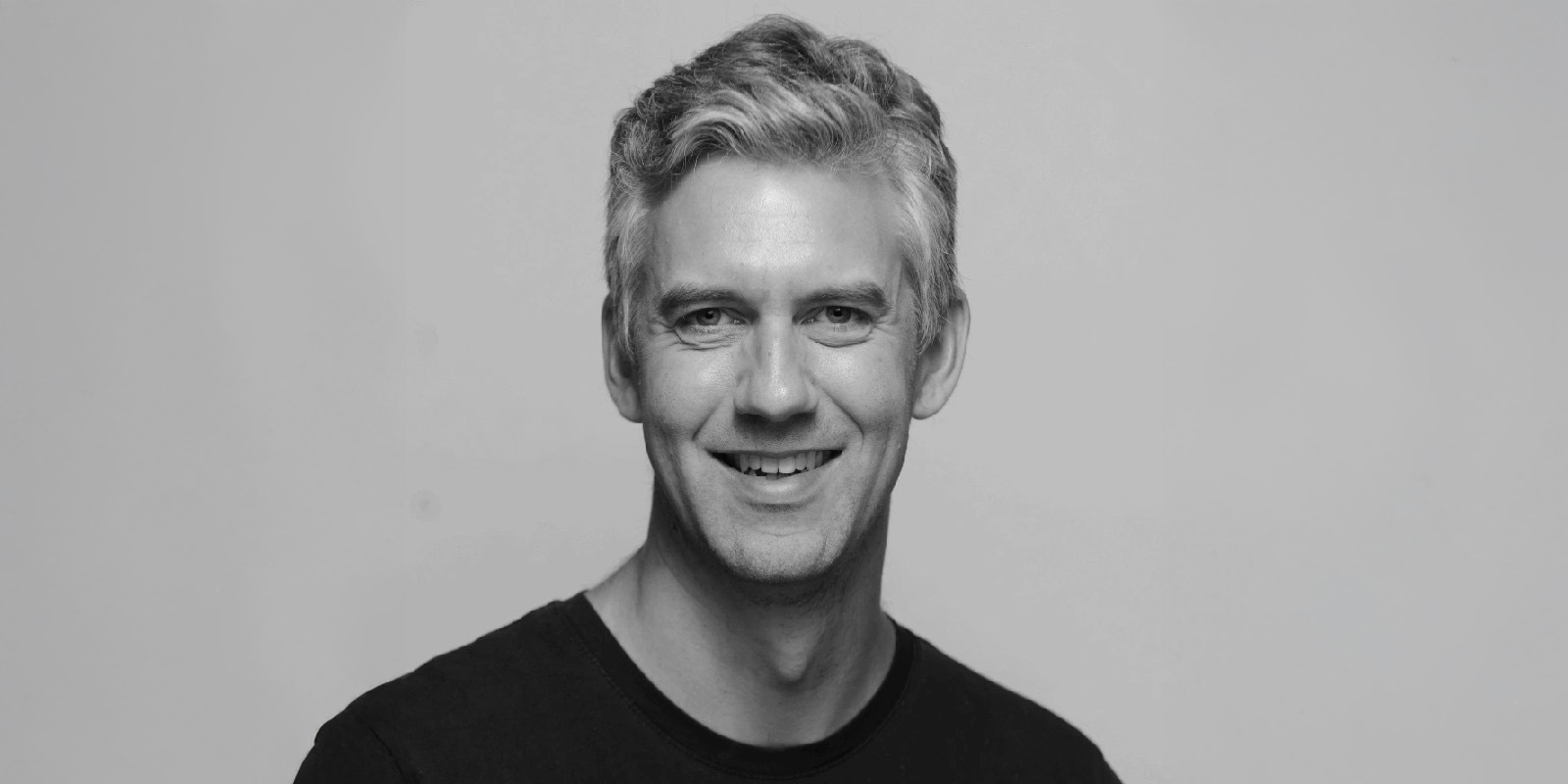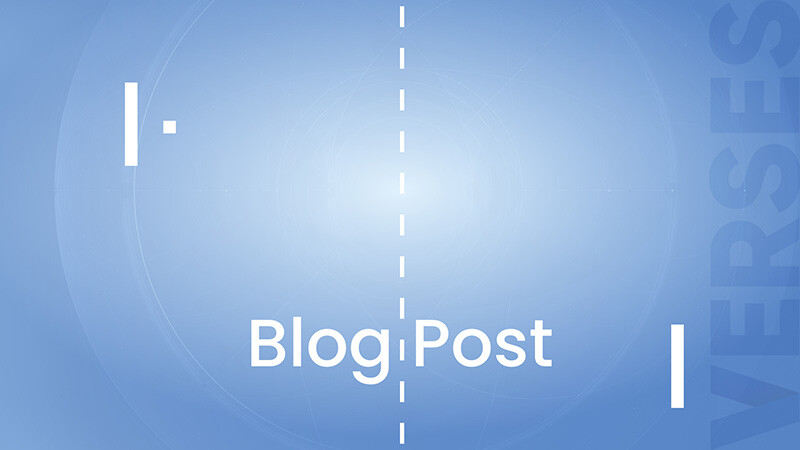3 min read
Reflections on International Workshop on Active Inference 2025
 VERSES
:
Oct 28, 2025 10:47:04 AM
VERSES
:
Oct 28, 2025 10:47:04 AM
%20Attendance.jpg)
The International Workshop on Active Inference (IWAI) has reached an inflection point. What began six years ago as a handful of researchers exploring an alternative to traditional AI now stands as a growing movement, and this year’s conference marked a transition from theory toward real-world applications.
Mahault Albarracin, Director of Research Strategy and Product Integration and co-chair of IWAI 2025, said the conference, held in North America for the first time, had interdisciplinary muscle this year.
| 2024 | 2025 | Growth | |
|---|---|---|---|
Attendees |
120 |
176 |
46% |
Papers |
54 |
76 |
40% |
Authors |
145 |
200 |
38% |
“We saw theoretical, empirical, and applied work all advancing in parallel—from foundational math to robotics and human collaboration,” Albarracin said. Presentations reflected the theme of hybrid architectures, with researchers exploring multiple fields. “The focus was: How do you use this for something real? How do you use this with humans? How do we measure that?”.
Compared to previous years, there was a sharp turn toward physical, embodied, and cognitive domains.
“Last year, most of the work was in the digital space and focused on smaller applications,” said Hari Thiruvengada, Chief Technology Officer. “This year, that flipped. We saw broader applications in cognitive computing, robotics, and even physiological spaces like depression and clinical matters.”
The conference also emphasized the effort to deepen the mathematical and physical foundations of Active Inference, said Albarracin, underscored by the fireside chat between cognitive scientist and author Gary Marcus and Karl Friston, VERSES Chief Scientist.
“Gary has a very clear perspective on where he stands with regard to Generative AI models, while Karl's position is that everything has a place; you just need to use the right tool for the right job,” said Thiruvengada.
Albarracin added that Friston’s work has always been bold. “This year, there was real emphasis on connecting the theory more rigorously to physics, entropy, and mathematical precision.” That rigor is being advanced in part through collaborations with leading theoreticians such as Dalton Sakthivadivel, visiting professor of mathematics at the City University of New York and head of the theory group at VERSES.
VERSES’ presence at IWAI was stronger than ever, with researchers presenting robotics work showing how Active Inference-based systems can perform with minimal training. “Our robotic arm understands its own embodiment and how it relates to the world,” Albarracin explained. “It doesn’t just trial-and-error its way through tasks; it learns from understanding itself.”
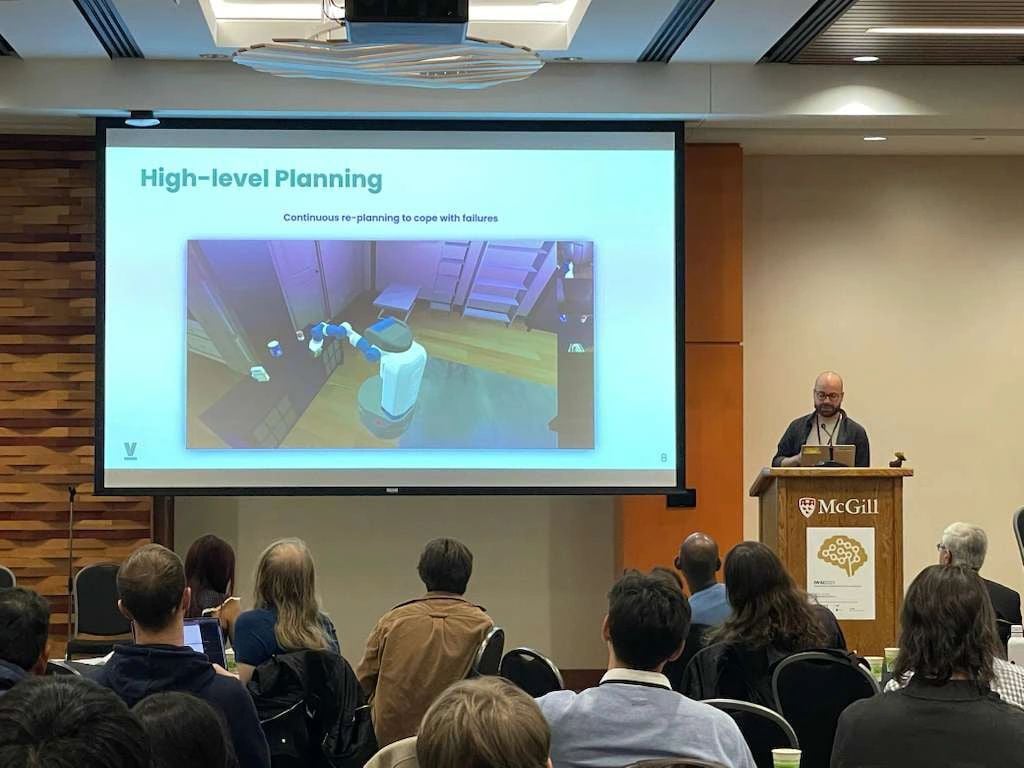
The conference affirmed investment in Active Inference as a cornerstone of intelligent, decentralized systems. “VERSES has been there from the beginning,” Thiruvengada said. That commitment also drives VERSES broader vision: combining Active Inference with the Spatial Web to unlock bottom-up and top-down intelligence.
“If you have multiple agents that can coordinate and act with governance and sustainability,” Thiruvengada said, “you can create federated, distributed, decentralized architectures. That’s what happens when these two technologies fuse—and VERSES is leading that integration.”
For Capm Petersen, Chief Innovation Officer and cofounder, IWAI 2025 was also a moment of reflection.
“While watching what must have been my 20th presentation of an Active Inference agent performing a task—this one controlling a mouse pointer—I realized: each of these research demos was like a cluster of neurons in a vast, emerging digital brain,” he said. “I envisioned a future where we could publish these models into an agent marketplace—where others could buy, modify, and combine them into new architectures.”
Over time, he added, such an ecosystem could begin to “reveal what capabilities, features, and data it desires to perceive and act upon,” forming a self-reinforcing loop of perception and action—a digital parallel to the evolution of intelligence itself.
“I believe the next frontier for Active Inference,” he said, “is the creation of a shared world model—a unified model that all agents can perceive, share, and act upon. Many speakers touched on this, and no one emphasized it more than Gary Marcus. This is precisely where the Spatial Web Foundation and the Universal Domain Graph can make a significant contribution.”
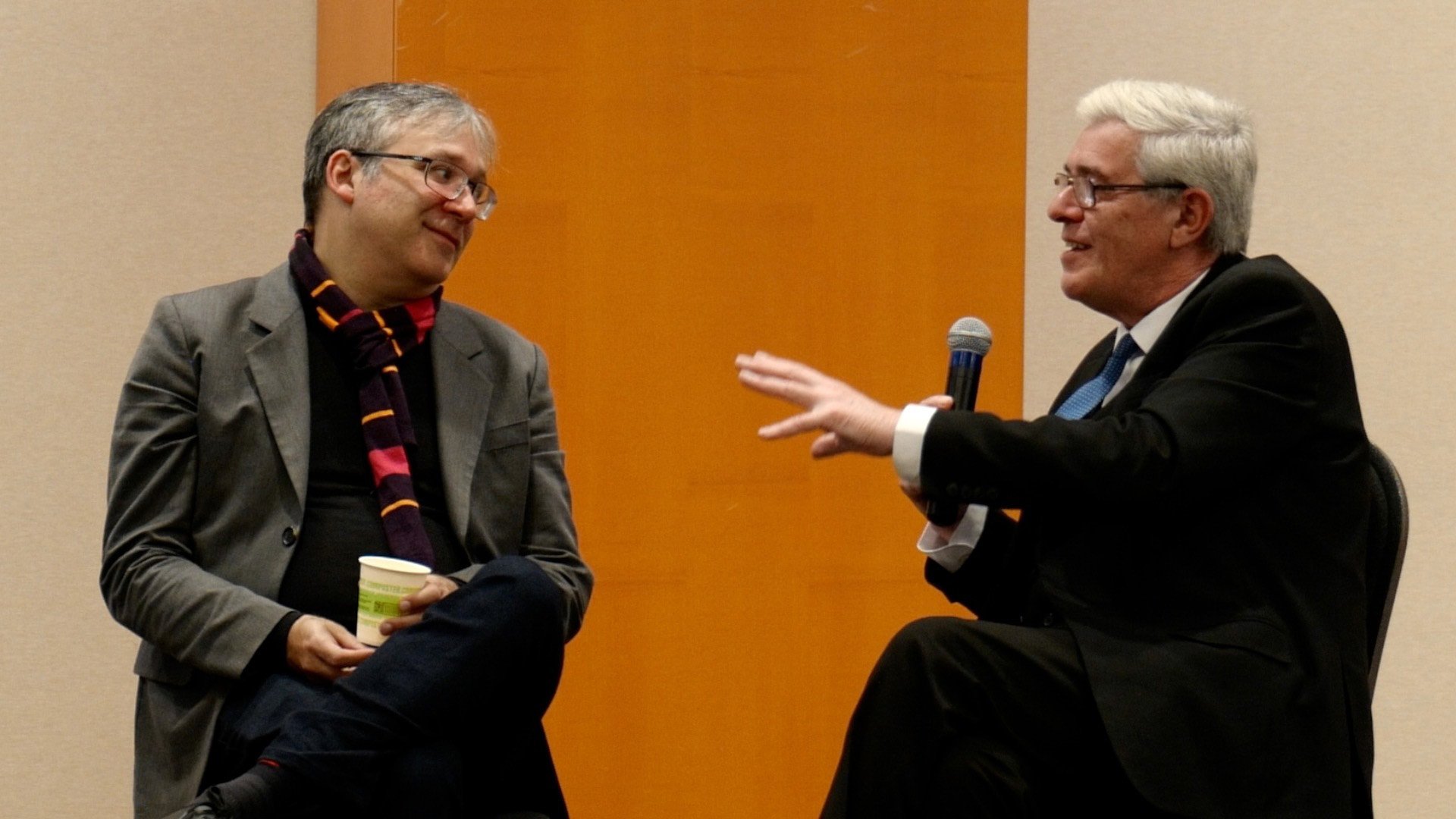
IWAI 2025 also marked another shift, toward accessibility. “Active Inference is becoming more democratic,” Albarracin said. “The tools now require less expert knowledge to use.” VERSES Genius™ platform can offer an intuitive, guided environment for building intelligent systems.
This accessibility is already enabling innovation across disciplines—from adaptive robotics to sustainable energy optimization. “The more rigorously we build these core building blocks,” Albarracin noted, “the more people from other areas can plug into them.”
“In the future, as Active Inference becomes the engine under the hood—people from different disciplines won’t necessarily need to understand how it works,” said Albarracin. “They’ll just need to understand that it works.”
Thiruvengada likened the field’s development to Maslow's hierarchy of needs. “You need a strong foundation on which to build,” he said. “Governance, sustainability—those can’t be afterthoughts, but they can’t be boat anchors either. You need the right mechanisms in place. Because Active Inference comes from a biologically, physically, and nature-inspired perspective, it gives us those foundations naturally.”
What began as a small workshop tucked beneath a stairway at the European Conference of Machine Learning (ECML) has evolved into a gathering that drew record attendance, submissions, and number of sponsors, including VERSES. “The community is starting to realize there are ways to scale Active Inference from toy problems to real-world problems using first principles,” said Thiruvengada.
“VERSES is driving community growth in this space, through our research team members and the technology developed after they came on board. Industry interest is growing because people see the potential of this approach.”
.jpg?width=2048&height=568&name=2025%20International%20Workshop%20on%20Active%20Inference%20(IWAI).jpg)
